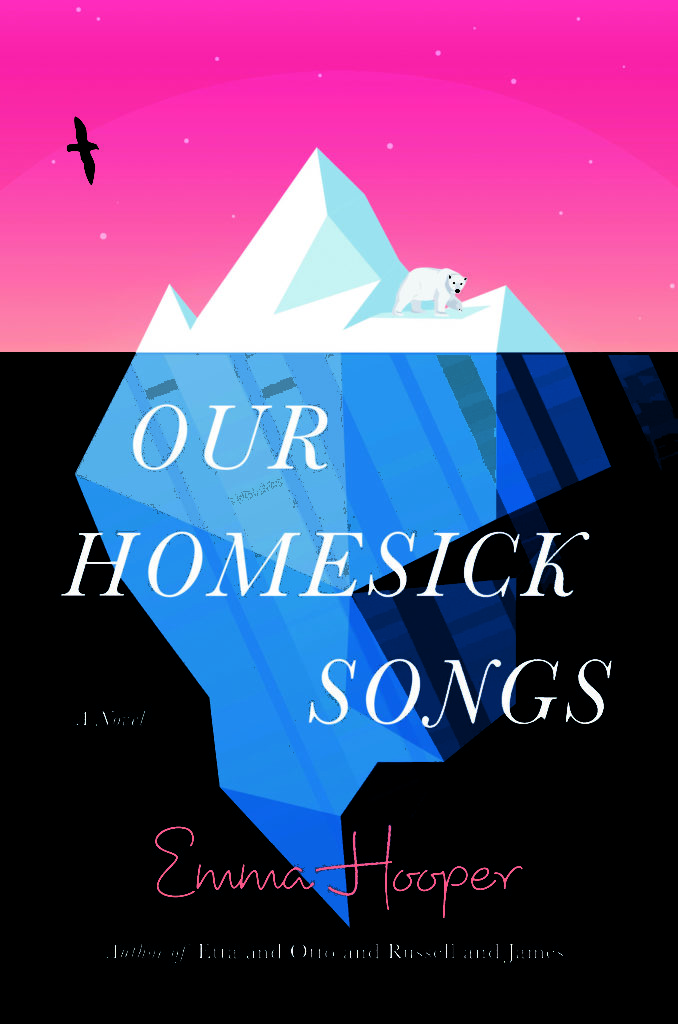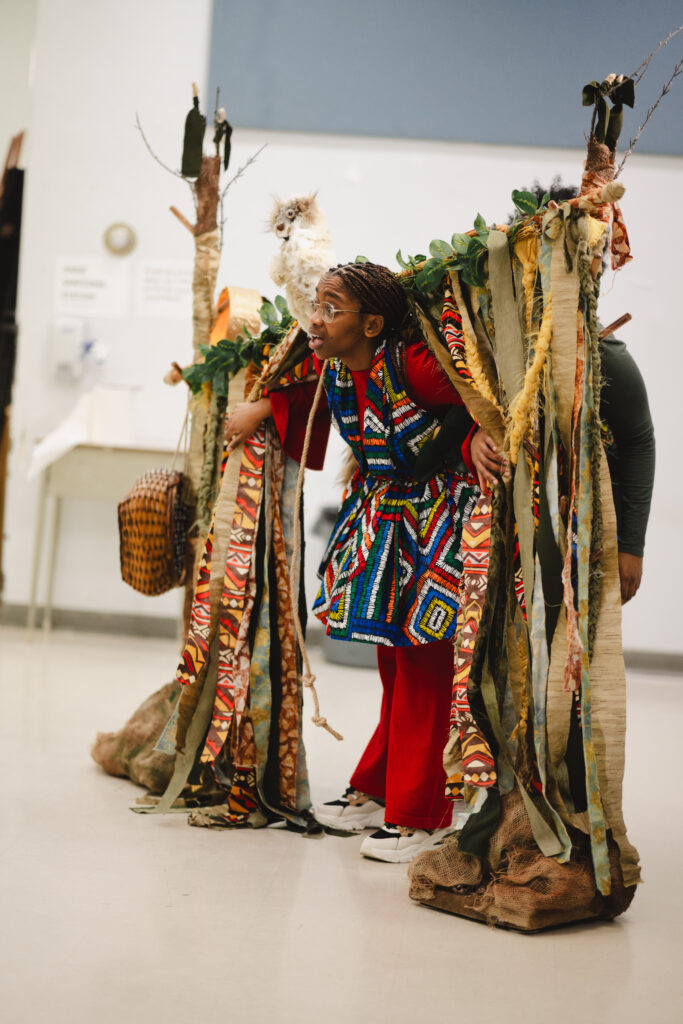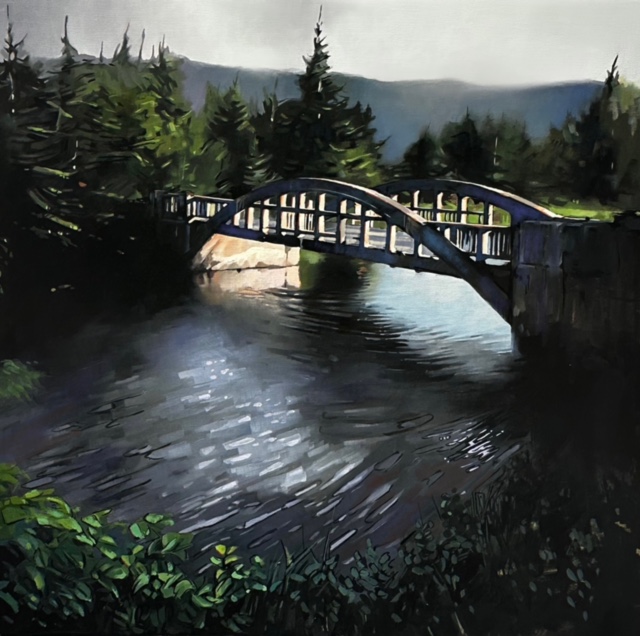The story we uncovered is not a simple one: John Sandlos and Arn Keeling discuss Mining Country
January 2022
What in your backgrounds and interests brought you to collaborate on this book? What were your goals embarking on this project?
When we arrived at Memorial in 2006, we had both engaged in some preliminary research on mine sites in northern Canada (Pine Point, NWT and Uranium City, Saskatchewan). We met over beer to discuss ideas for collaboration, and came up with the idea of researching abandoned mines in northern Canada. We were both intrigued by the idea that abandoned mines have a kind of afterlife, haunting people and landscapes with ongoing environmental issues, or unresolved social conflicts over the relative costs and benefits of mining. One of the main goals of our research was to highlight the impacts of mining on northern Indigenous communities, which often received little benefit from mining projects and yet faced ongoing issues with pollution and landscape disturbance as legacies of mining development.
As our research proceeded, Lorimer Press approached us about writing a narrative history of mining in Canada, a project that was extremely attractive because it has never been done before. Most prior mining histories have focused on local sites, or individual mining sectors (coal, iron, etc), but we relished the opportunity to try to tell a reasonably complete history of mining in Canada. While there have been some very good scholarly mining histories, they have tended to focus on specific themes such as labour strife and/or mining accidents, while popular works often celebrate the technological progress and economic developments associated with the industry. We wanted Mining Country to reflect these themes but also much more, acknowledging the contribution of mining to the development of a modern Canada, but also noting the high cost of mining in terms of the lost lives of workers, environmental damage, and the dispossession of Indigenous communities from traditional lands. The story we uncovered is not a simple one, however, as we also document multiple ways Indigenous people have participated in mining, ranging from ancient copper extraction to more recent partnerships with major mining companies.
Mining Country is a gorgeous book – large format, packed with imagery. Can you bring us a little into the design process?
From the very beginning, Lorimer Press was adamant that the book should tell the story of Canadian mining using text and visual material. With the help of some very able research assistants, we spend a couple of years scouring archives, museum repositories, and old print publications for images that would complement our writing. The process was not a simple one, because much of the visual record of mining focused on mine workings (buildings, pits, underground workings). It was much harder to find photographs with people in them, not only images of workers but also pictures that captured the lives of those who lived and worked in mining towns in other occupations. In particular, we were hard pressed to find images of women (though we did eventually have some success). Once we had assembled a database of over 1300 images, we had to select the ones that best fit with the storyline of each chapter. Where permissions or format issues forced us to exclude an image, we had to go back to the collection and select other images. Near the end of the process (which took a few years), we realized some sections of the book lacked images so we had to identify another two hundred or so options. It was a long and arduous task, but well worth it because, as you say, the final product is a very attractive publication.
Mining has such a long history, and social/economic reach – and the industry is so culturally embedded; even someone with no connection to mining probably knows about the gold rush, the Springhill disaster, the Yellowknife bombing. What was your approach to presenting, balancing, and contextualizing all this information?
It would not have been possible for us to tell the history of every mine in Canada, and no doubt there will be many people who are disappointed to see some mines getting only a brief discussion, or not being included at all. We chose our mines based on several considerations, especially trying to find regional balance and also a reasonably equal number of case studies in each significant time period. We also tended to choose mines that were at the forefront of extending the industry’s reach into new territory – in other words, the mines that best illustrated the impacts of a sudden influx of new technologies, people and social relations in what had been, more often than not, Indigenous spaces. In some cases, we contextualized the rise and fall of particular mines with major events in Canadian history, tracing the demand for certain metals during wartime, or the decline of the industry during downturns in the global economy. More than anything else, the book highlights the connections between mining and colonialism, from Martin Frobisher’s first violent encounter with Inuit as he extracted (fool’s) gold from the Baffin region to more recent protests over mining development on Indigenous lands. We also highlighted mines with particularly acute histories of pollution, industrial accidents, or occupational health issues. While some of these places are relatively well known to the public (ie, Giant Mine, Asbestos, Quebec, St Lawrence, NL, Springhill, NS), we hope the book will also highlight the fact that mining’s impacts have been felt, for better or for worse, in almost every corner of Canada.
Returning to the imagery, I was fascinated by the photograph of the actresses en route to the gold rush. How did you source such material?
As mentioned, illustrative material was central to the book’s conception from the outset. Luckily, many libraries, archives, historical societies, and other organizations, have been busy in recent years digitizing material and making it available for review online. In fact, we noticed a significant increase in the ability to find and access such materials even in the last five years or so. Add to this things like private collections online (such as Flickr streams) and commercial image databases, and we were able to locate lots of great material. The photo of the actresses, for instance, are from an amazing database of digitized photos of Alaska and the Klondike hosted at the University of Washington Libraries. Gratefully, the press did most of the legwork in securing permissions to reproduce the photos!
What is the public’s biggest misperception of mining? What in this book would surprise people most? Did anything you found in your research surprise you?
One of the biggest misperceptions about mining – one fostered at times by the industry – is that mining is merely a temporary and local land use. Our book shows how mines are “more than just a hole in the ground,” requiring a wide range of infrastructures, including transportation, energy, and other materials (as well as water and land) in order to extract, refine, and transport their products, as well as dispose of its vast wastes. Historically, mineral development entailed massive investments in such infrastructure, often at public expense, in order to be viable, and sometimes this infrastructure (like mining settlements themselves) was abandoned once mining ended. Whether that entailed “nation-building” or subsidies to private profit depends on your perspective, I suppose.
All mines close; that’s the nature of a finite resource. But the notion that mining is a temporary land use is belied by the fact that many of its landscape changes and environmental impacts are effectively permanent. Even where some forms of reclamation or remediation take place, it’s far from a restored ecology. These may cover small surface areas in the context of this enormous country, but the impacts can be intense. Flows of contamination from these sites can also affect “downstream” areas long after mining ceases, as in the case of acid drainage.
Perhaps the most surprising part of the book for many is the extensive history of mining and mineral trade by Indigenous peoples. From Labrador chert to copper mining around the Great Lakes and across the Arctic, as well as their participation in gold rushes, Indigenous people were (and remain) miners, too – though often under very different conditions than colonial and capitalist mining.
What do you hope readers take from this book?
We hope readers take away an appreciation for the central role of mining in Canadian history, across virtually every region of the country. It was an important aspect of the establishment of European settler societies in North America and some of the conflicts this created with Indigenous societies. It’s also been part of many individual lives and communities across the country, and in that sense forms part of our collective heritage. Mining is, of course, key to the material basis of modern technology and its conveniences – that’s practically inescapable. But we hope that by taking a critical and reflective view of mining history, we can consider how the costs and benefits of this material extraction have been distributed and use that to inform how we think about industrial development today and into the future.


John Sandlos is a professor of history and Arn Keeling is a professor of geography, both at Memorial University of Newfoundland. Mining Country is published by Lorimer ($29.95, 224 pages).



